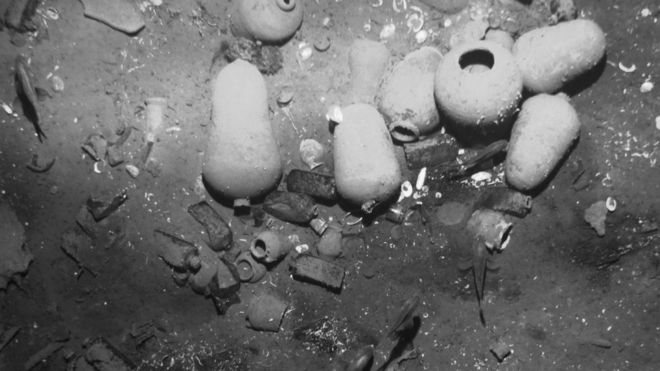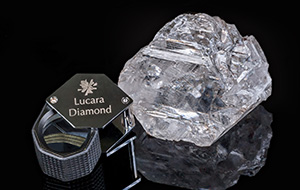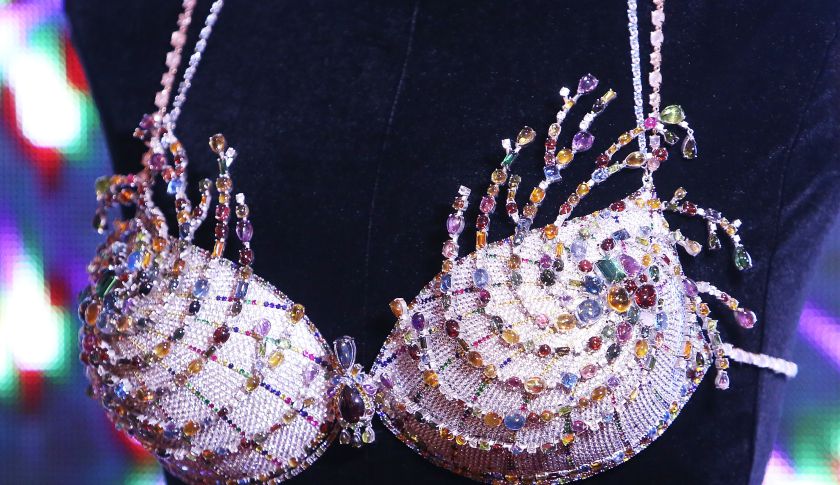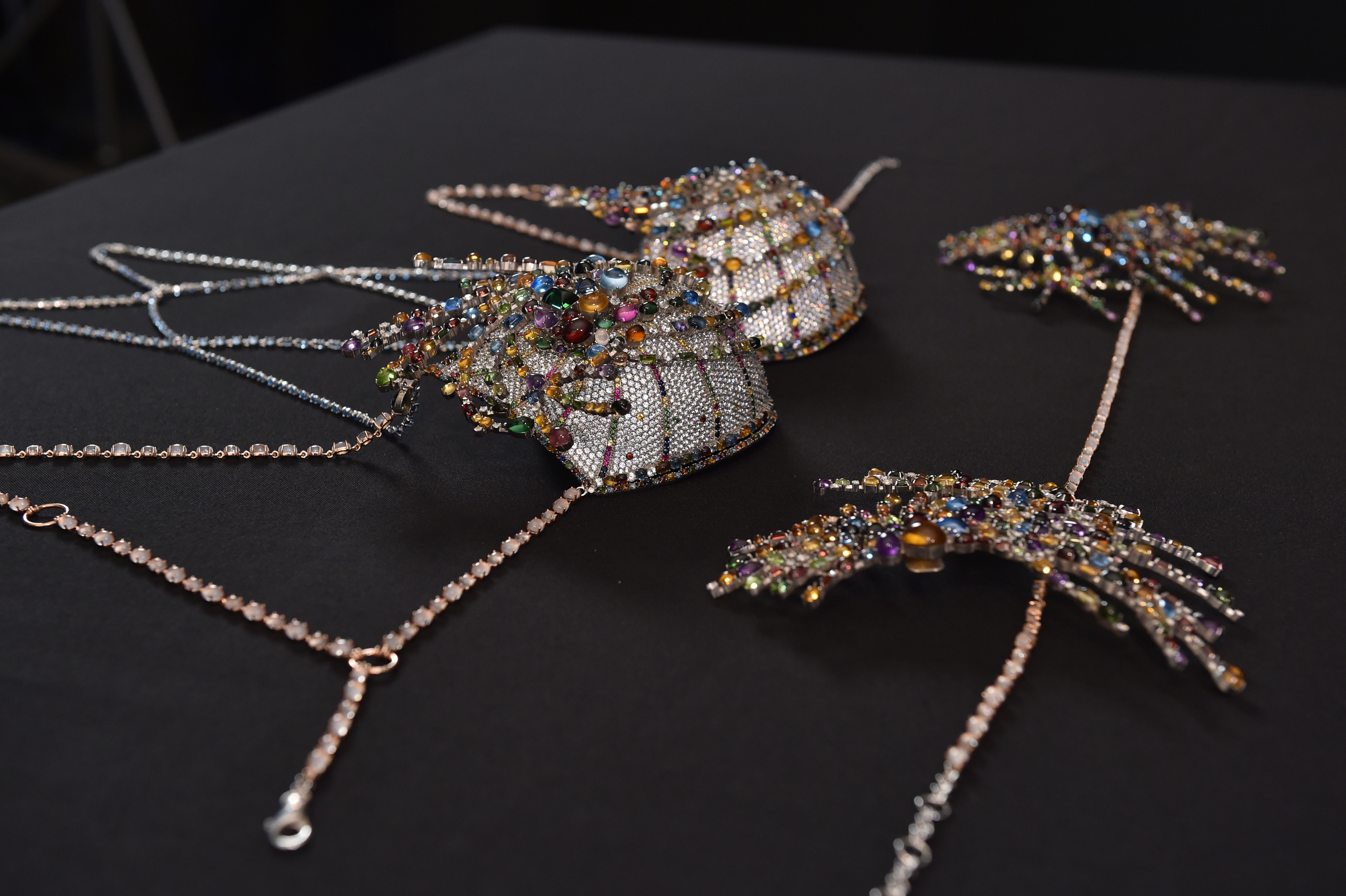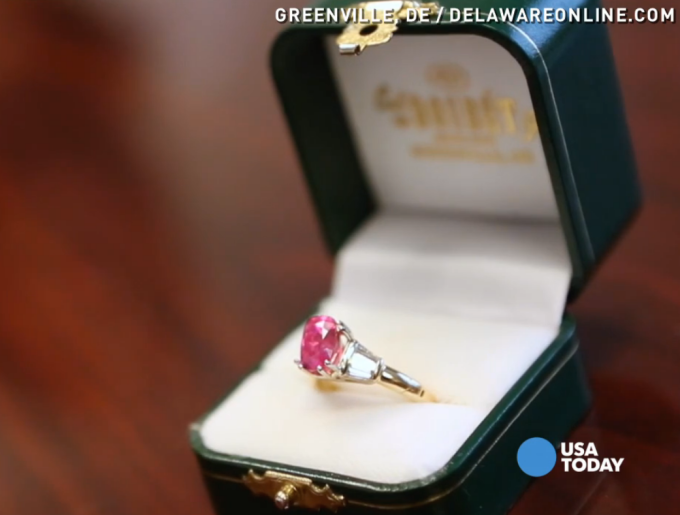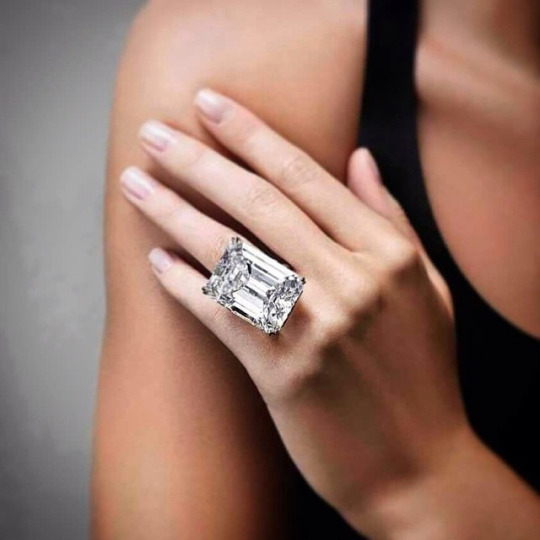Hemmerle Exhibit at the Cooper Hewitt Design Triennial
/Hemmerle earrings, amber, patinated bronze, iron, pink gold, red gold: Photo Courtesy of HEMMERLE
Hemmerle will be participating in Beauty—Cooper Hewitt Design Triennial at the Cooper Hewitt, Smithsonian Design Museum in New York from 12 February – 21 August 2016.
The bold, unostentatious creations included in the exhibition demonstrate Hemmerle’s dedication to craftsmanship, exceptional quality and innovative material combinations.
This fifth instalment of the Triennial exhibition series is dedicated to beauty and celebrates design as an endeavour that engages our full senses. Featuring work from over sixty voices in the global design scene, Beauty expands the discourse around the power of aesthetic innovation. The exhibition will be accompanied by an illustrated publication.
Hemmerle is a fourth generation, family run house at the vanguard of jewellery design. Each jewel is unique and as original as a work of art. Today, Christian Hemmerle runs the business with his wife Yasmin and parents Stefan and Sylveli Hemmerle. The family travel across the world treasure hunting for rare materials from Mughal-era brown diamonds to found materials like ancient carved jade.
Hemmerle’s creativity is driven by materials and the design process begins with a particular stone or object. The family then work around it, impeccably matching gems for colour and building up unusual textures and form. Hemmerle is drawn to experimenting with new materials; in a pair of earrings included in the exhibition, jasper and aquamarines are paired with concrete. Hemmerle worked with cement for days, experimenting to get the perfect shade of grey and a brushed texture on the concrete. In a ring, bright orange topaz has been set in pink gold, the metal corroded with chemicals to create holes in the surface.
Nature is an endless source of inspiration to Hemmerle and included in the exhibition is a eucalyptus brooch from Nature’s Jewels, a nature inspired jewellery collection and accompanying book published in 2014. Exquisitely modelled in brass, bronze and gold, glistening spiky diamonds inventively add to the realism of the eucalyptus. A pair of real shells are used in charming snail brooches, the bodies of the creatures crafted in white gold and yellow-brown diamonds. In another pair of earrings, a bee rests on intricately layered piece of honeycomb made from amber and patinated bronze.
Hemmerle bangle, garnets, white gold, silver: Photo courtesy of hemmerle
Hemmerle earrings, tourmaline, rubellite, spinels, sapphires, white gold, copper: Photo Courtesy of Hemmerle
A dedication to colour has defined Hemmerle’s work over the decades and included in the exhibition is a pair of mismatched earrings; one made from rubellite and pink sapphires and one from tourmaline and orange sapphires. Both are intricately engineered and balanced to contain movement through the copper and white gold framework. An open-ended Harmony Bangle with its seamless closure is made from purple garnets carefully colour-matched. A Harmony Bangle inspired by Egypt joined the permanent collection of the Cooper Hewitt, Smithsonian Design Museum in 2014.
Found materials create a dramatic back drop for rare stones and are worked into a contemporary design. In earrings, two mismatched cameos face each other swinging in white gold frames set with diamonds. A necklace strap is created by knitting hand hewn agate beads in the round over silk and hung with a luxurious piece of ancient carved jade.
With Beauty, Cooper Hewitt shows that aesthetic innovations exist in our experience of an object. The exhibition celebrates objects and practices that are exuberant, ethereal, intricate, or even sublime. Objects of beauty provoke immediate reactions and demand judgment to exalt experience as a living, unfolding exchange between people and things.
Beauty — Cooper Hewitt Design Triennial
Cooper Hewitt Smithsonian Design Museum
2 East 91st Street, New York
Exhibit Dates: 12 February – 21 August 2016
Hemmerle's Website
Hemmerle ring, topaz, pink gold, copper: Photo Courtesy of HEMMERLE





